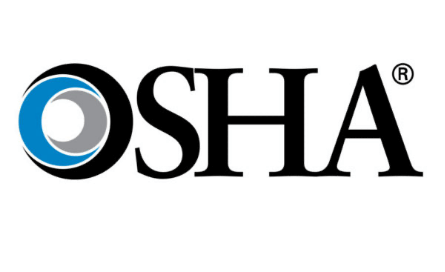-
Title:
Overhead and Gantry Cranes
-
Part Number Title:
Occupational Safety and Health Standards
-
Standard Number:
1910.179
-
Subpart:
1910 Subpart N
-
Part Number:
1910
-
Subpart Title:
Materials Handling and Storage
-
Revision:
2016
-
The rules you follow will depend on the type of facility you operate in and the type of equipment you utilize.
Generally speaking you will have four sources of information:
- OSHA regulations
- Industry standards
- Company policy
- Manufacturer’s instructions
-
OSHA 1910.179 incorporates ANSI/ASME B30.2 and states that all cranes must meet the design spec of B30.2
B30.2 explains the cranes covered are top running bridge, top running trolley
OSHA 1910.179 states that any cranes with similar characteristics are also covered, including gantry and semi-gantry cranes.
-
A designated person is someone that is assigned or appointed by the employer (typically in writing) as being qualified to do the task. It is more complex than a simple, “hey you, go do”.
The definition for ‘qualified’ comes from the ANSI standards and usually comes through a documented assessment or evaluation to show the designated person has the knowledge, training or experience pertaining to the work.
-
An initial inspection is a need-based inspection and has nothing to do with time intervals. They can happen under a variety of circumstances, including:
- new installation
- relocation of the crane
- modifications
- significant repairs
-
Time-based inspections is a catch-all term for the “frequent” and “periodic” inspections in the regulation.
Frequent inspections are to be done on a 1-30 day interval. This covers the daily/shift inspections, as well as the monthly inspection.
Periodic inspections are understood as annual inspections, but the actual is 1-12 months, depending on environment, condition and use.
-
OSHA 1910.179 applies to overhead cranes used in general industry
Specifically, the scope covers top running bridge, top running trolley cranes.
This standard does not apply to underhung systems
-
The information in OSHA 1910.179 can be broken down into 4 broad categories
- general info (capacities, definitions)
- design specs
- inspection requirements for crane and wire rope
- general operating do’s and do not’s
It does not cover
- the qualification process for operators
- who is responsible for what
- underhung systems.
-
Very general with a lot of incorporation by reference.
It includes:
- electrical systems
- fundamentals of brakes
- hoisting equipment including ropes and chains
- cabs, walkways, ladders, bumpers
It does not include:
- the building itself
- mounts and rails
- the crane structure such as runways and trolleys
-
The inspections are broken down into 3 parts
- routine or general inspections of equipment
- testing of equipment including load test
- wire rope inspection
-
Three standards in particular are important.
- 1910.184 – slings standard
- 1910.180 – mobile cranes in general industry
- 1910.178 – forklifts
-
This is essentially an OSHA shortcut that means ‘go see something else’. It carries the same weight as the standard itself. In this case, the ‘something else’ is B30.2 from 1967.
-
A modification is made any time anything is changed on the crane from how it was originally manufactured. Permission must be received in writing, typically from the equipment manufacturer, but alternatively from an engineer.
Additionally, if the modification changes the capacity of the crane, you are required to put it through a rated load test.
-
These specifications are applicable to your facility any time you design or install your own system, even if someone else made it.
-
Inspections are broken down into 3 broad categories:
- Initial
- Time-based (known as ‘frequent’ & ‘periodic’)
- Preventative Maintenance
-
A preventative maintenance program, per the regulation, “shall be established” and “should be based on the manufacturer’s recommendation”.
Any time you are conducting preventative maintenance, you must also inspect the crane.
-
Frequent inspections include daily and monthly inspections. There are a few differences. ‘Daily’ refers to a shift inspection – a visual and audbile test to ensure the crane is functional and fit for purpose.
Monthly inspections must be documented and include the inspection of critical components, such as wire rope.

Reach out today for your consultation
Call CICB now to learn more about our training and expert support services.





